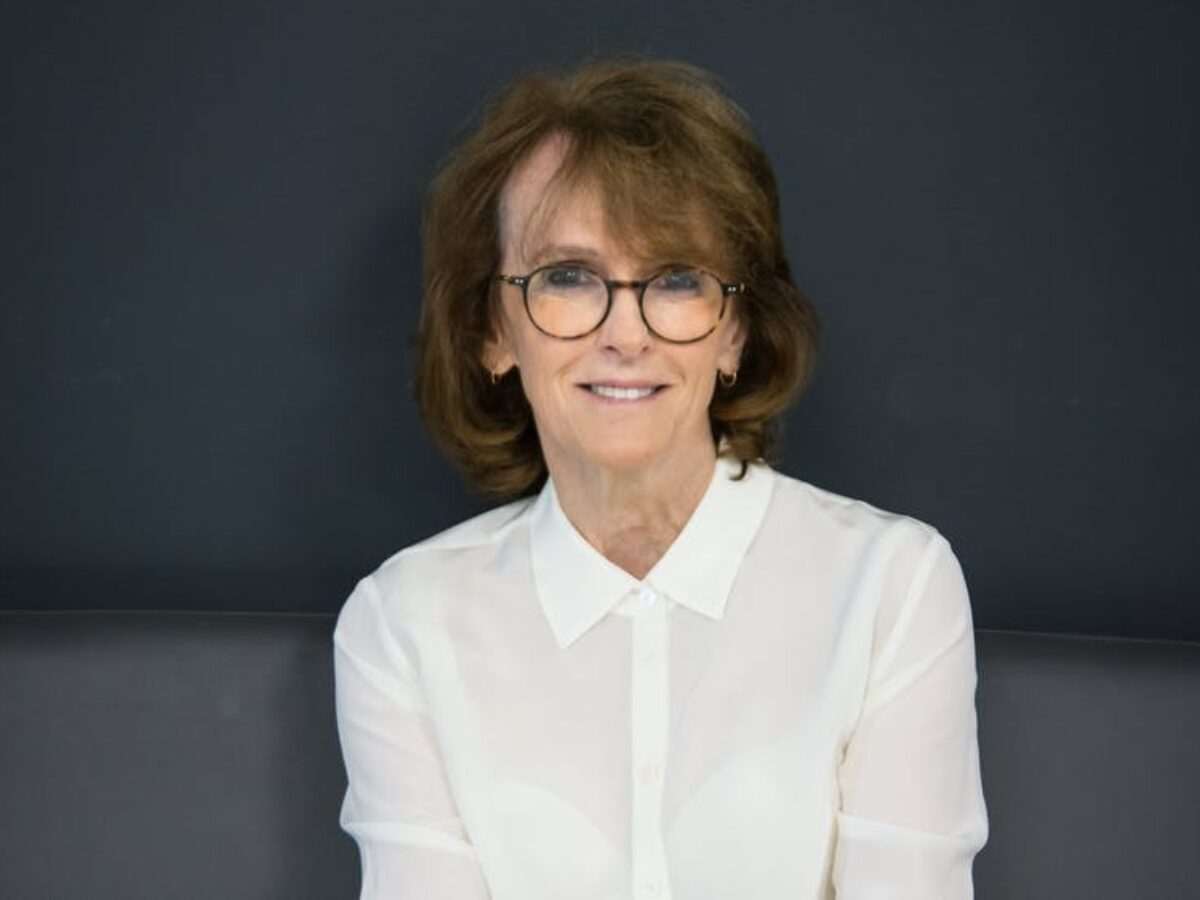Chief Scientist: science will drive a post-pandemic manufacturing boom

By Cathy Foley, Australia’s Chief Scientist, Office of the Chief Scientist
It’s early days in my tenure as Australia’s Chief Scientist but I have already been struck by how central science is to the national policy agenda. I knew this as an observer, but since I took up the post it has become clear how many initiatives are looking to science to lead the way.
As we begin to emerge from the COVID-19 pandemic, Australia is looking to boost its manufacturing capacity in areas such as medical manufacturing and low-emissions technologies including clean hydrogen.
This is good news for Australia’s science and research community. It is an enormous opportunity. It is also a considerable challenge and responsibility.
After the pandemic
One of the first events with which I was involved as Chief Scientist was a US-Australia Dialogue on Medical Innovation in Response to COVID-19. This was an opportunity to share experiences across the United States and Australia, and the conversation touched on some of the topics that will be a focus of my term.
Contributing to Australia’s pandemic response is high on my agenda. This includes not only short-term activities such as the vaccine rollout, but also learning the lessons of the past 12 months.
Australia’s interests will be well served by a greater capability in pharmaceutical and medical manufacturing. I was interested to hear the insights from two significant companies in this sphere, ResMed and CSL. Both have played important roles in the pandemic both locally and globally: ResMed in the manufacture of ventilators, and CSL in the development of therapies and vaccines
The federal government is focused on building Australian capability in medical manufacturing, and I strongly support this work.
The pandemic accelerated global vaccine development, especially in the new field of mRNA vaccines. The technology has potential for other vaccines, including for influenza, and for new treatments for diseases such as diabetes and Alzheimer’s. The Medical Products National Manufacturing Priority road map has identified this area as a growth opportunity.
Beyond medicine
The government’s focus on manufacturing also includes new low-emissions technologies, such as clean hydrogen, and Australian capability in a variety of other sectors. These include resources technology and critical minerals processing, food security, recycling and clean energy, defence and space. I am also deputy chair of Industry Innovation and Science Australia, a board advising the government in this effort.
The government is also strongly focused on encouraging more commercialisation of research and ensuring Australia gets the benefit of the research and innovation that it incubates.
Much of my time in recent weeks has been spent consulting across government, industry and the science and research communities as I bed down a concrete work agenda. It is already clear that research translation — the ability to get the most value from the excellent research being done in our universities and other institutions — will be a key focus. I will have more to say on that when I speak at the National Press Club next week.
From research to commercialisation
I worked at the CSIRO for many years as a researcher in superconducting materials, and was later the organisation’s Chief Scientist. My experience spans the continuum from pure research to commercialisation.
For me, science is where the work starts, but not the whole answer. Science is creative, hard, exciting, sometimes demoralising and immensely fulfilling and fun.
Science can provide the nation with options for the path forward. But we also need engineering, a good business model, user interface and design. Not to mention the social licence to accept, support and pay for the solution.
My job is to ensure the government has access to the best evidence available as it tackles the challenges we face and drives new opportunities for Australian innovation and industry.
I look forward to working with science and research community, industry and business community, government and institutions to make that happen.
Cathy Foley is Australia’s Chief Scientist. She addresses the National Press Club on Wednesday March 17.![]()
Cathy Foley, Australia’s Chief Scientist, Office of the Chief Scientist
This article is republished from The Conversation under a Creative Commons license. Read the original article.
Subscribe to our free @AuManufacturing newsletter here.
Topics Analysis and Commentary
@aumanufacturing Sections
Analysis and Commentary Awards Defence Manufacturing News Podcast Technology Videos










